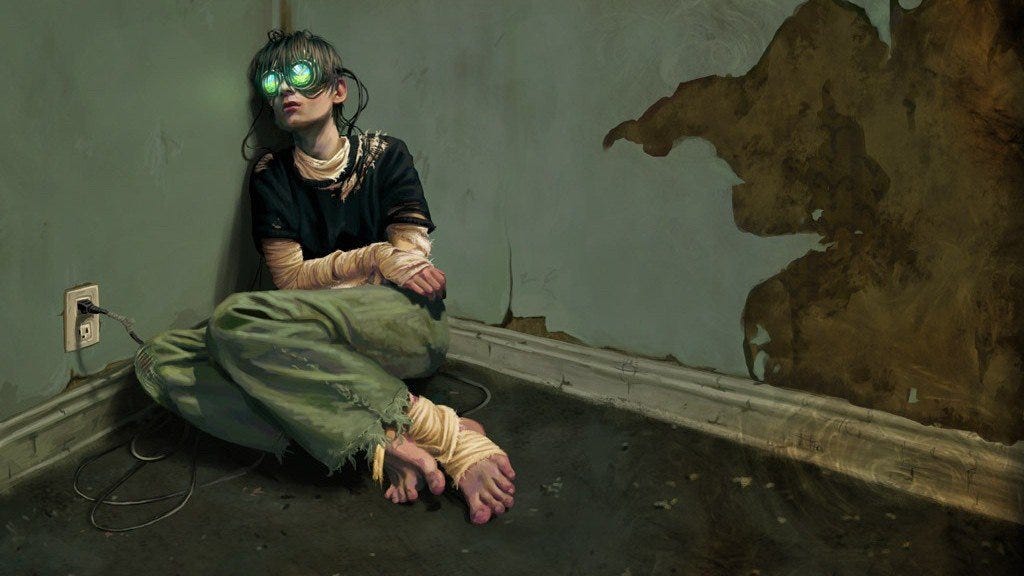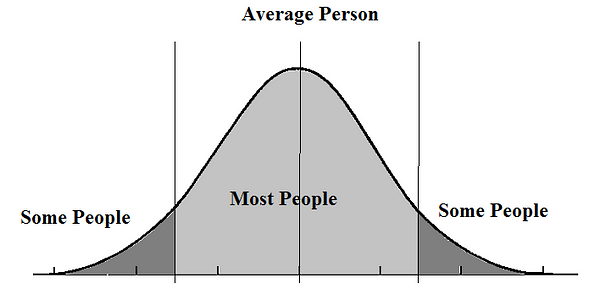On the Problem of VR and Addiction
Virtual Reality | April 11, 2016

One of the biggest hurdles the VR industry has to push through to become mainstream is to develop a strategy to answer the question of addiction.
Every person that I’ve demoed VR to, after showing their amazement of what they just experienced, they note how addictive this could be. Are they right? Maybe. Most likely not.
Current State of Addiction
We all know someone who stays at home, manning his monster computer, and spending too much time playing League of Legends. Let’s call him Fred.

The problem with anecdotes like Fred’s is that Fred is an outlier from the grand majority of People.

For every piece of technology, there is a distribution of all the users, where Most People will use the device in a “normal and healthy” way, and Some People, like Fred, will overuse it.
Is it that a good thing? Depends on how you look at it.
Is Fred contributing to his community, or is he just being a drag on the society as a whole? I’d argue that the community he’s providing value not to the community that he was born in (geographical), but to his chosen community that he shares similar interests and values with.
That’s the beautiful thing about the Internet. You’re here, reading this post because you’re most likely involved in the VR community.
So the question is, how do Most People use technology?
We’re all addicted to our Phones
Seriously, we are. On average, we check our phones 150 times per day. There’s a ton of literature on why we do that. Everything from our need for constant social validation, to the addiction of the feed, and to relieveing ourselves in uncomfortable situations. We’re all hooked in some sense.
Despite our dependence on our phones, the average person still leads a somewhat “normal” life. Maybe we’d all admit to being addicted to the feed, but would we rather live a life with it or without it?
We truly benefit from our addiction (or at least we believe we do) because it helps us stay connected to the important factors in our lives; our jobs, our friends, and our feeds.
What does this all mean?
Virtual Reality will have the same user Bell Curve Distribution as computers, cellphones, etc. Yes, there will be Some People that will overuse the technology, but Most People will integrate Virtual Reality into their lives to gain the most benefits. Concentrating on the outliers and anecdotes like Fred serves only as a defense mechanism to facing the new and the unknown.
Yes, things are changing, and changing at an accelerated rate. We’re living in a time where we’re more similar to people from 10,000 years ago, than we will be to the our decendants. Fear is only natural, but let’s not let it inhibit the progress of Humanity.
For more in depth conversations about Virtual Reality and Research, tune in to ResearchVR. Latest Episode: ResearchVR 006Ì¢âÂÊ—Ì¢âÂÊDrones, Augmented Reality, HMD’s and ZUI
Follow us on Facebook and on Twitter @ResearchVRcast
Subscribe to our newsletter
We write about the use of Virtual Reality for non-gaming applications.












